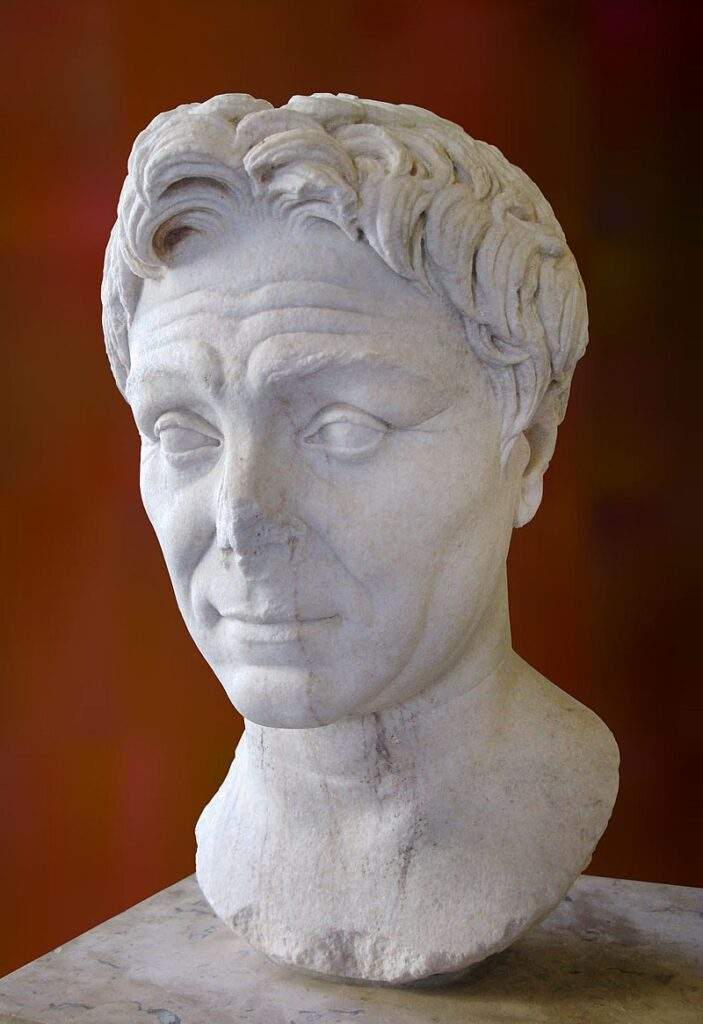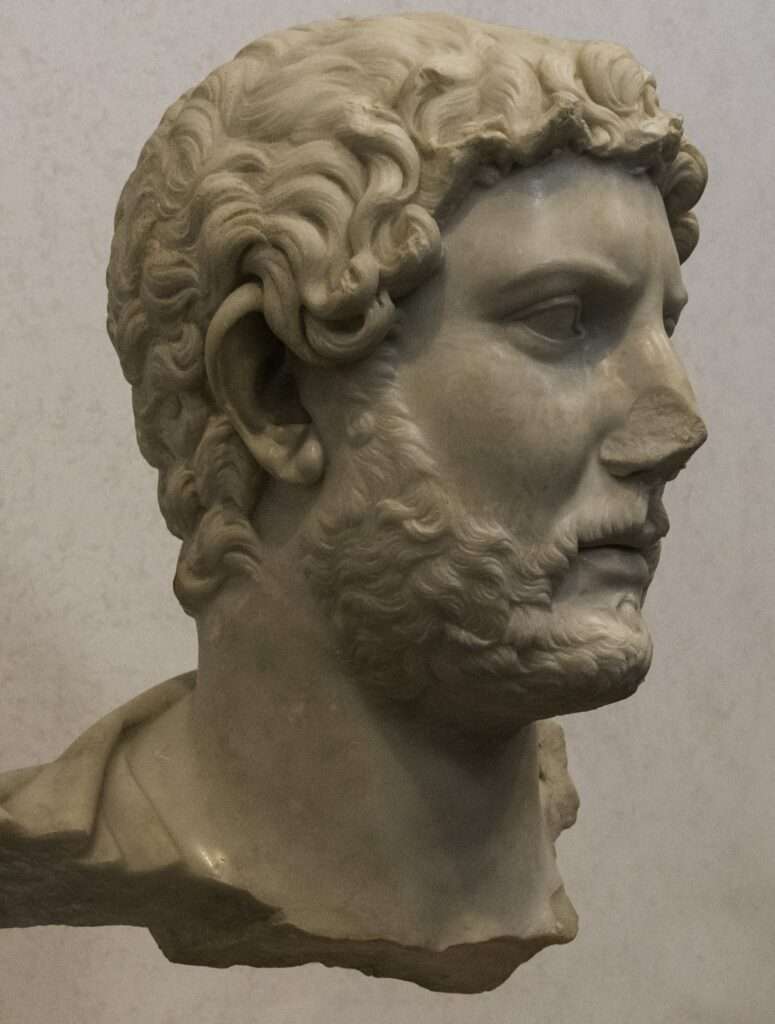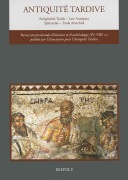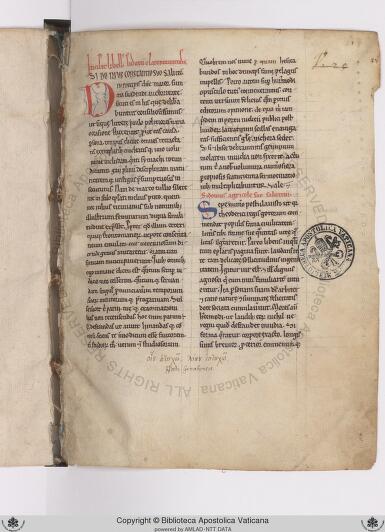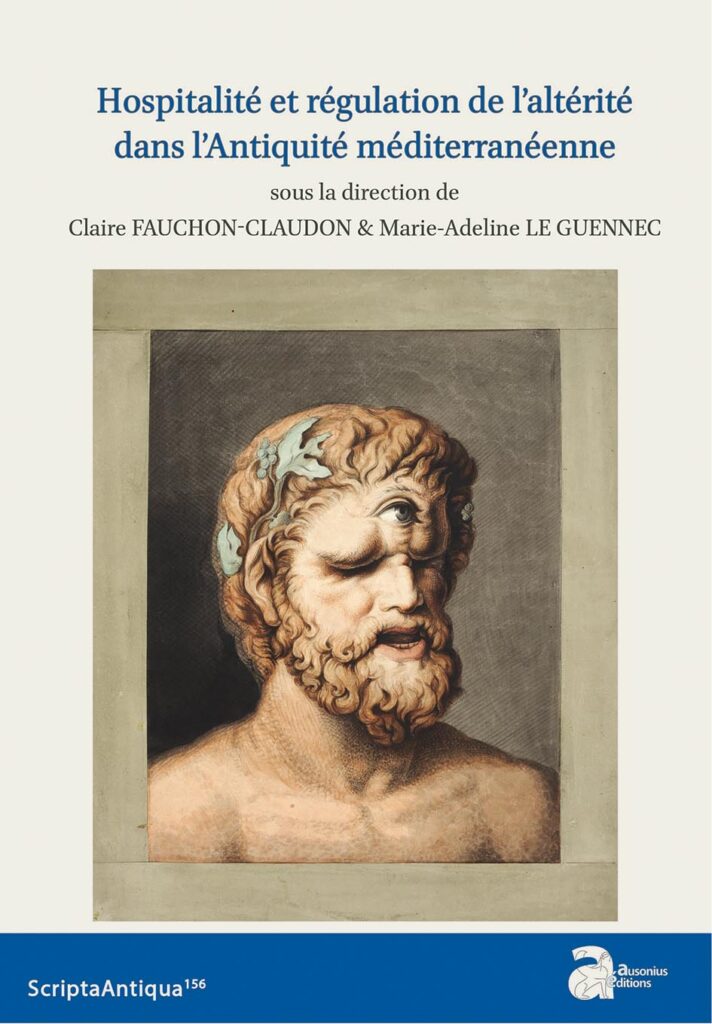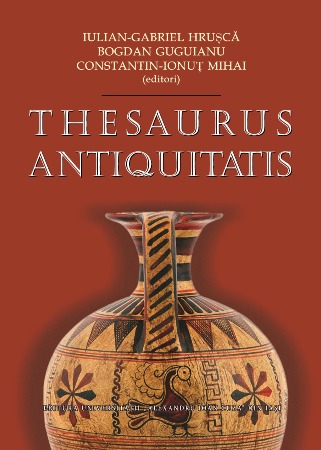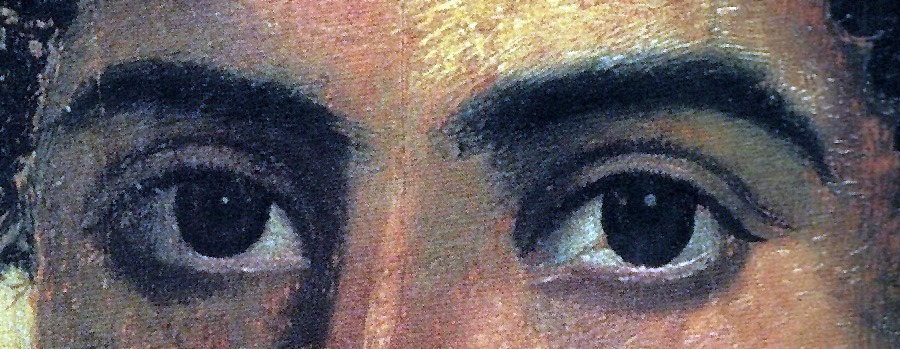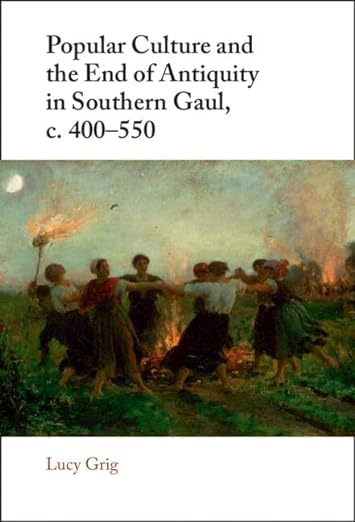Two articles on hospitality have been published:
Cristina Corsi, ‘”Strangers on the way”: hospitalité, identité et défis lors des voyages à la fin de l’Antiquité’, in: Fauchon-Claudon and Le Guennec 2002, 303-20.
Éric Morvillez, ‘Louer l’hospitalité des évêques dans l’Antiquité tardive en Gaule: entre traditions et nouvelles exigences chrétiennes’, in: Fauchon-Claudon and Le Guennec 2022, 87-103.
These items are included in the conference proceedings Hospitalité et régulation de l’altérité dans l’Antiquité méditerranéenne, edited by Claire Fauchon-Claudon and Marie-Adeline Le Guennec, Scripta Antiqua 156, Bordeaux: Ausonius, 2022.

